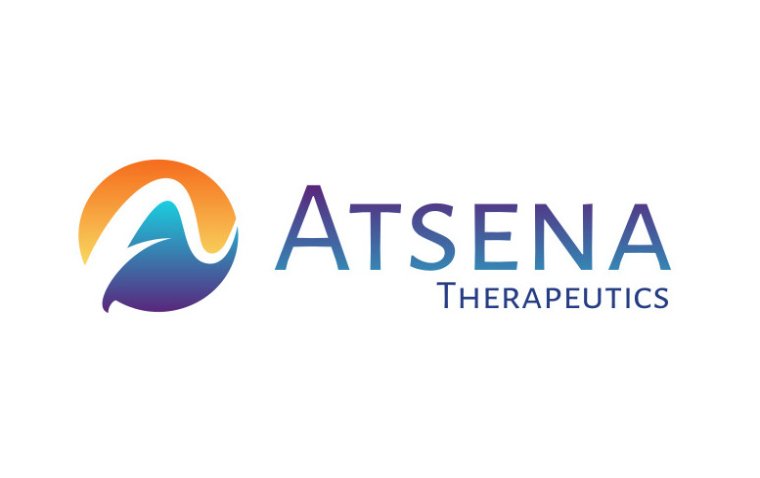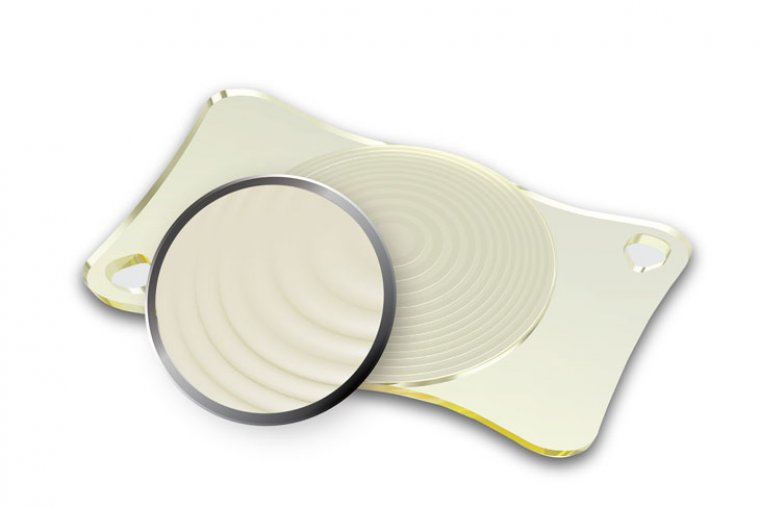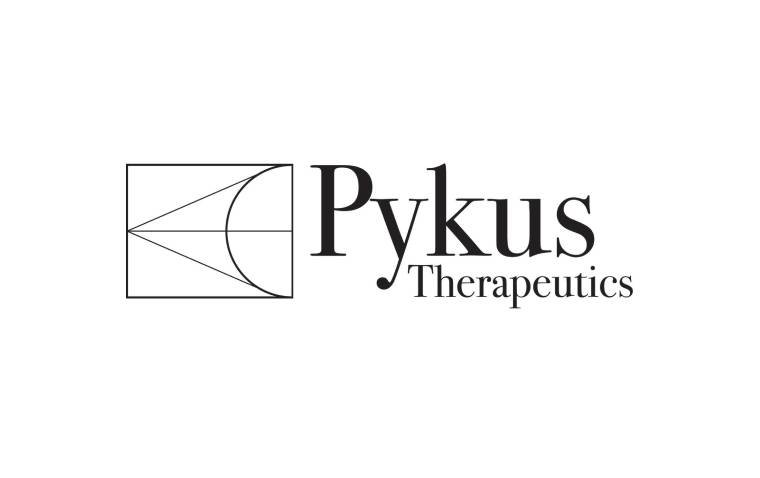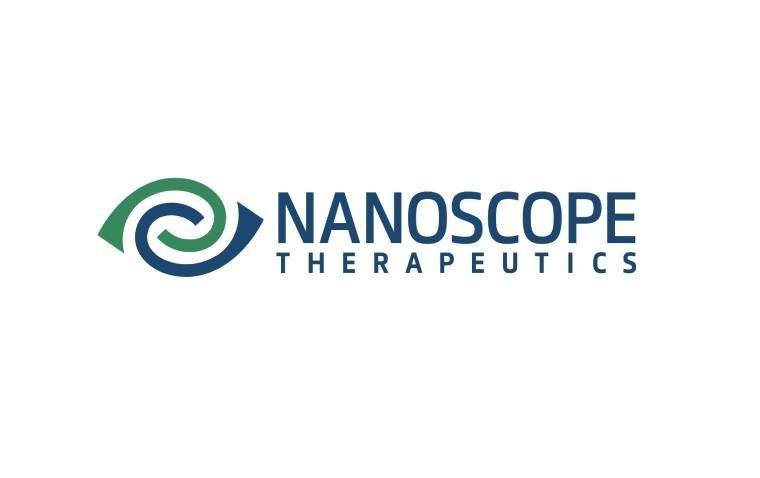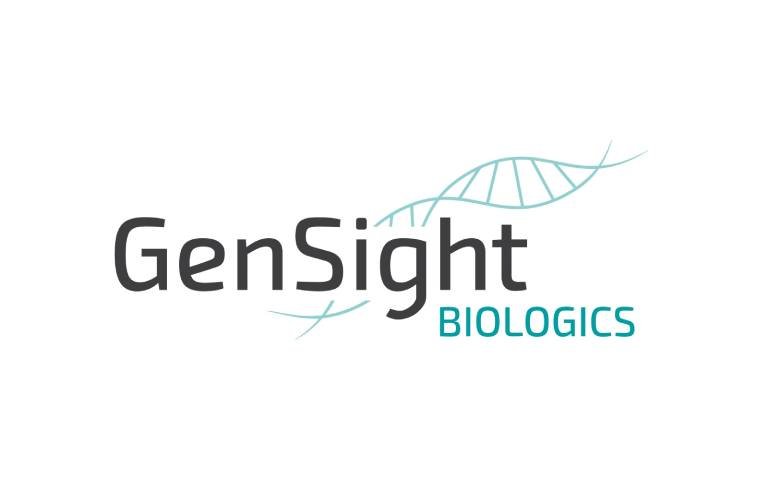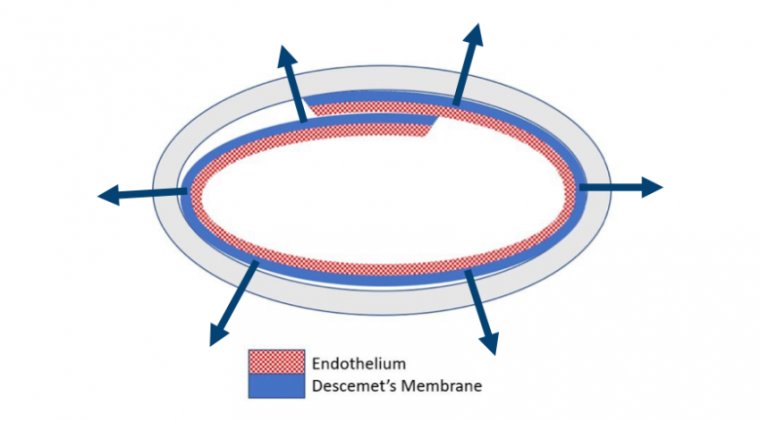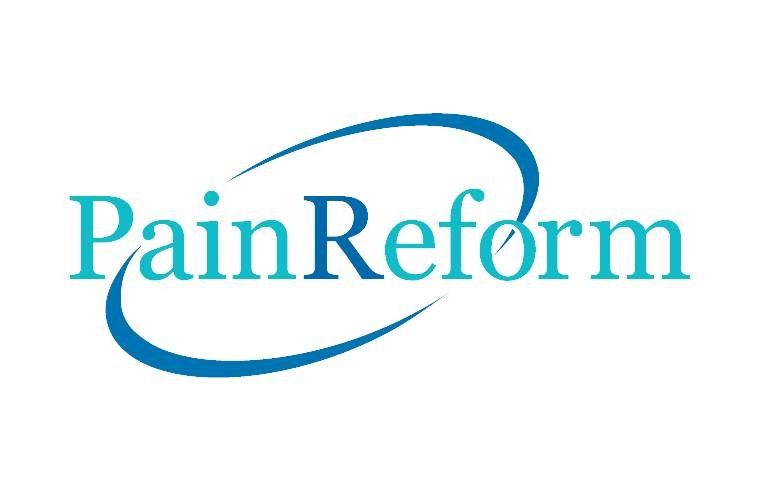
PulseMedica Secures $12M to Advance Eye Floater Imaging and Treatment Technology
PulseMedica has successfully raised a total of $12 million in their recent pre-Series A financing round, marking a significant milestone in their pursuit of innovative eye floater diagnostic and treatment technologies.
Accelerating Clinical Validation and Expansion Efforts
This funding round has enabled PulseMedica to achieve initial outcomes from their preclinical and clinical studies, accelerating the clinical validation of their floater imaging device. Moreover, it supports essential laser safety and feasibility studies critical for their upcoming first-in-human clinical trial for floater treatment.
According to a company news release, the funds will also facilitate the expansion of PulseMedica's technical and business teams in preparation for future commercialization efforts and regulatory approvals.
Saltagen Ventures led the financing round, with participation from Accelerate Fund III, ScaleGood Fund, ThresholdImpact, UCeed Health Fund, Startup TNT, and the University of Alberta’s Innovation Fund. This diverse support highlights the growing interest in PulseMedica's pioneering work aimed at developing effective diagnostic and treatment solutions for eye floaters.
Enthusiasm and Future Prospects
Dr. Nir Katchinskiy, Co-Founder and CEO of PulseMedica, expressed enthusiasm about the company's progress and future prospects: "Eye disease impacts hundreds of millions worldwide. PulseMedica’s team is dedicated to improving the quality of life for millions experiencing visual disorders with unique diagnostics and treatments. We are excited to finally share this news with the world."
Katchinskiy attributed the timing of the announcement to encouraging early results from their studies on floater imaging and treatment, underscoring the pivotal role of this funding in advancing their platform and validating its performance in clinical settings. Looking ahead, PulseMedica plans to launch a Series A fundraising round to support further clinical studies crucial for regulatory approvals.
Since 2020, PulseMedica has raised over $16 million, including a significant investment from a multinational strategic partner in 2023. This funding has propelled substantial progress in research and development, leading to the development of 7 prototype devices and the filing of 14 patents.
(1).jpg)
